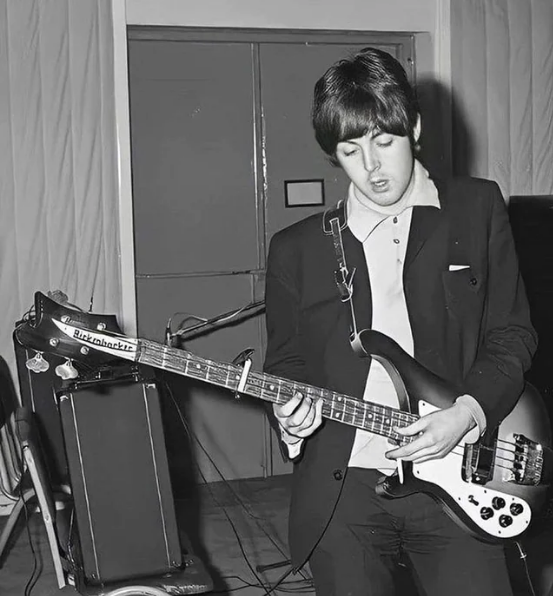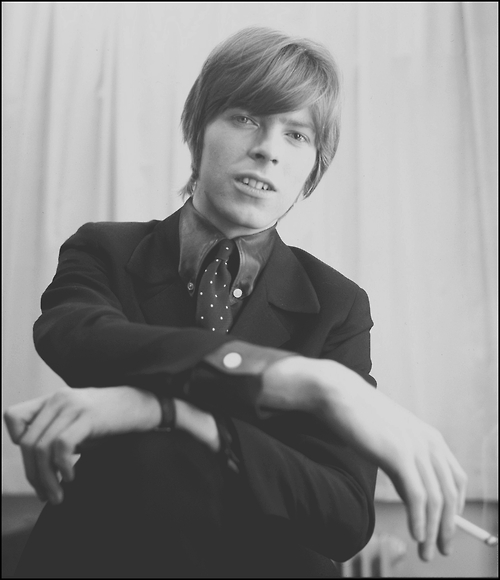Four years after his recording debut, David Bowie had still made little progress. Despite a name change and several changes of musical style he remained a fringe figure. Convinced that Deram (Decca) was mismanaging his career, Bowie was looking for a new label. In the spring of 1968 The Beatles announced the formation of Apple Records, a new label for ‘creatives’. Bowie immediately instructed his then manager, Kenneth Pitt, to submit an audition tape. Swamped As a signed artist with a major label, Bowie might have expected an automatic hearing. Unfortunately, however Apple's offer had backfired. The new label was besieged by aspiring musicians, managers, agents, artists, and hucksters. All were clamouring for an audition. A further complication was that the new label would only recruit new talent with the agreement of all four (endlessly squabbling) Beatles. The office filled with a mountain of demo tapes. From an early stage any attempt to listen to them was abando...


